7 books that shine a light on Black British history
Lola Jaye, author of The Attic Child – about two children trapped in the same attic, almost a century apart, bound by a secret – has joined to share her favourite fictional reads that shine a light on Black British history.

"Growing up, there wasn't much written about the Black presence in Britain. What did exist, tended to focus more on the African American experience. So, once I grew up and became an author, I was determined to write about characters who not only looked like me, but also existed before the Windrush era. With period narratives often spoken from one point of view (whilst excluding experiences and voices of marginalised groups in favour of privileged ones) my intention is to highlight the past – with the inclusion of Black voices." Lola Jaye
Small Island by Andrea Levy
The story looks at post-war Caribbean migration through the eyes of Hortense and Gilbert, a couple who have migrated from Jamaica to London in 1948, as well as a white English couple named Queenie and Bernard. The differing viewpoints of post-war immigration by each of the characters cleverly unfolds in the novel, whilst highlighting the effects of imperialism on two sets of people.
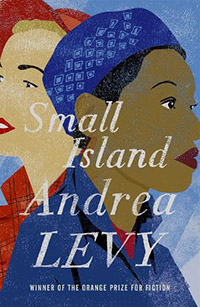
Incomparable World by S.I. Martin
Author Bernadine Evaristo has curated a wonderful selection of classic Black British writing called Black Britain: Writing Back which includes this account of Black lives in 18th century London. After the American civil war, London became an unlikely refuge for thousands of African American soldiers who fought for liberty on the side of the British. This novel showcases the untold stories of these soldiers, grappling with their post-war freedom, namely Buckram, Georgie George, and William who are 'surviving' on the streets of London.

The Confessions of Frannie Langton by Sara Collins
The story takes place in 1826 London and tells the story of Frannie – a maid to the wealthy Mr. and Mrs. Benham – who is on trial for their murder. This is a tale about a woman's fight to tell her own story, with the racing heart of Georgian London as a thrilling backdrop.
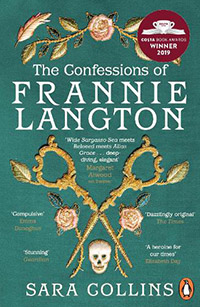
Blonde Roots by Bernardine Evaristo
An alternative way in which to bring the brutality and inhumanity of the transatlantic slavery to life, could be by illustrating Black as the dominant race. The book achieves this by documenting the capture of a white northern British farm worker into slavery. As well as highlighting the brutal side of British history, it cleverly shows the loss of self and identify that slavery brings, which in turn was a reality for millions of African people.
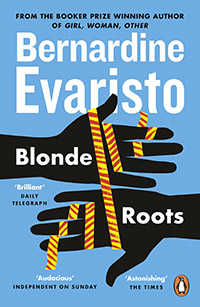
Wartime Sweethearts by Lola Jaye
In one of my earlier novels, I amalgamated a part of African American history with that of British history, which I set during World War Two. What is rarely touched upon, are the relationships that existed between African American GI soldiers and British women. This book explored one such relationship and the result – a set of twins named Lily and Iris who are separated at birth. One is black and the other passes for white – and the book looks at their separate journeys as they navigate the murky streets of post war London.
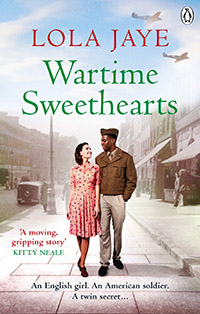
The Book of Secrets by Kate Morrison
This novel set in Elizabethan England, centres the story of Susan who was born in what is now Ghana. Having been enslaved by the Portuguese, she's later brought to England where she is to be raised. What follows is a colourful journey through the Elizabethan underworld as she searches for her brother.
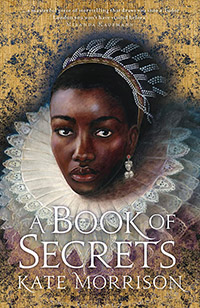
Breaking the Maafa Chain by Anni Domingo
Sisters Salimatu and Fatmata are captured, renamed and separated from one another, ending up on opposite sides of the Atlantic. One sister is taken to America and the other to Victorian England, where she becomes the goddaughter of Queen Victoria. This novel is inspired by the story of Sarah Forbes Bonetta.
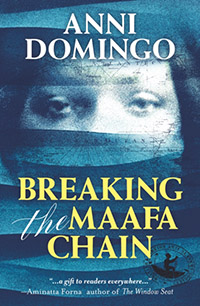
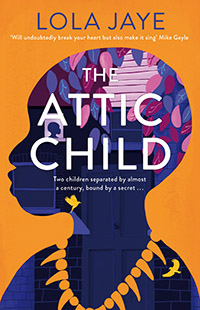
About The Attic Child by Lola Jaye
My latest novel The Attic Child is inspired by a real person, a little boy named Ndugu M’Hali whose portrait I saw displayed in a gallery. Because his life was so short-lived, my question as I began writing was; what if this little boy had been allowed to live? So, The Attic Child was born:
1907: Twelve-year-old Celestine spends most of his time locked in an attic room of a large house by the sea. Taken from his homeland and treated as an unpaid servant, he dreams of his family in Africa even if, as the years pass, he struggles to remember his mother’s face, and sometimes his real name...
Decades later, Lowra, a young orphan girl born into wealth and privilege, will find herself banished to the same attic. Lying under the floorboards of the room is an old porcelain doll, an unusual beaded claw necklace and, most curiously, a sentence etched on the wall behind an old cupboard, written in an unidentifiable language. Artefacts that will offer her a strange kind of comfort, and lead her to believe that she was not the first child to be imprisoned there...